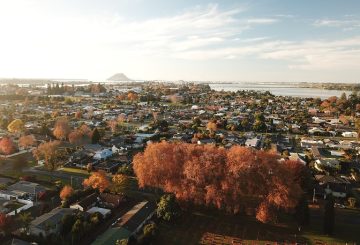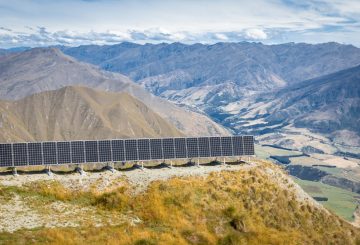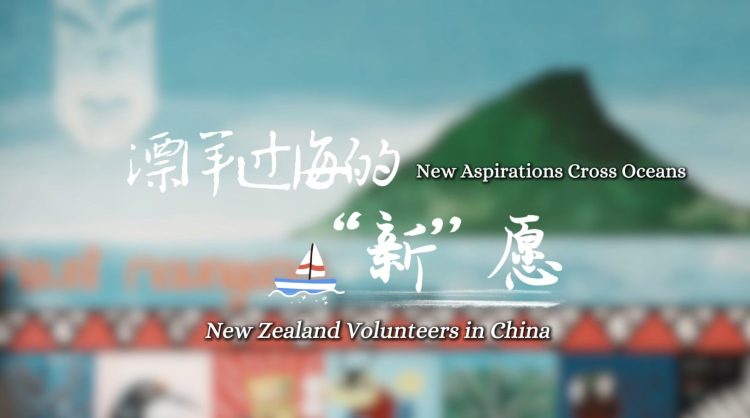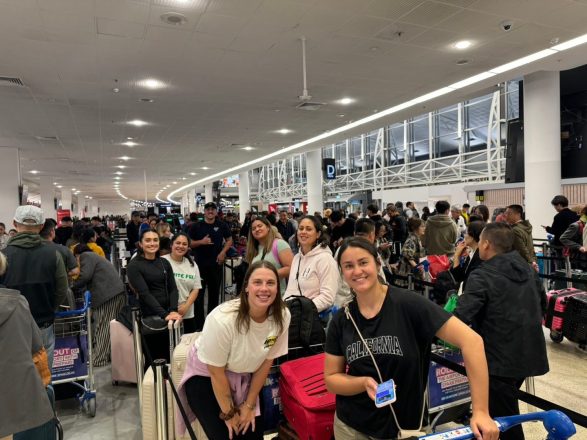The Royal New Zealand Air Force’s P-8A Poseidon surveillance team has covered around 9000 nautical miles, keeping an eye on fishing activities in the exclusive economic zones of the Cook Islands, Fiji, Tokelau, Tonga, and Tuvalu. The crew, mainly made up of instructors and students from No. 5 Squadron Training Flight, were part of a multinational effort to monitor illegal and unregulated fishing for the Forum Fisheries Agency’s Operation Tui Moana.
The Poseidon crew recorded and reported 38 vessels – including fishing boats, merchant ships, and pleasure crafts – to the Forum Fisheries Agency. Air Component Commander Air Commodore Andy Scott said it was a great chance for the students to work on the Poseidon in a real-world operation.
He added that airborne surveillance and reconnaissance for maritime security, fisheries monitoring, and search and rescue are key tasks for No. 5 Squadron. The new P-8A provides even greater range and capabilities for these tasks.
The operation involved nine Forum Fisheries Agency Members (Australia, Cook Islands, Fiji, New Zealand, Niue, Samoa, Tokelau, Tonga, and Tuvalu), along with technology partners, assets, and personnel from the Pacific Quadrilateral Defence Coordination Group (QUAD), which includes Australia, France, New Zealand, and the United States. The operation covered an area about the size of Australia.
The operation focused on boarding activities, cooperative surveillance among Forum Fisheries Agency Members and the Pacific QUAD countries, and the use of remote sensing information to guide the operation. More than 500 vessel contacts were made during the operation using air, surface, and remote-sensing platforms, with 80 boardings carried out in port and at sea.

















































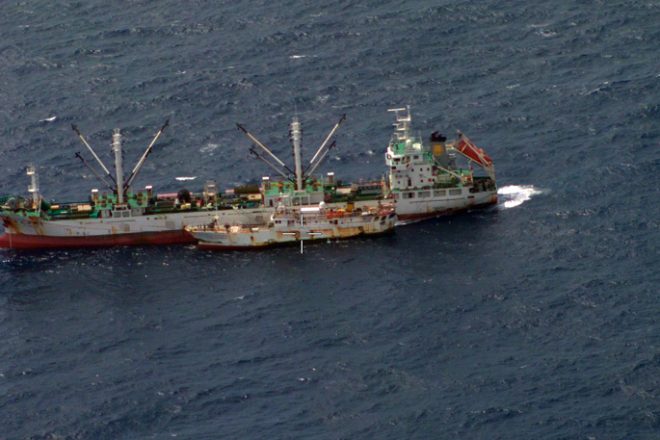
-360x245.jpg)
